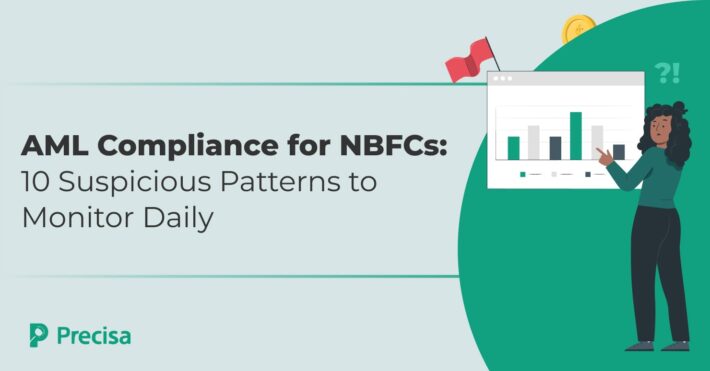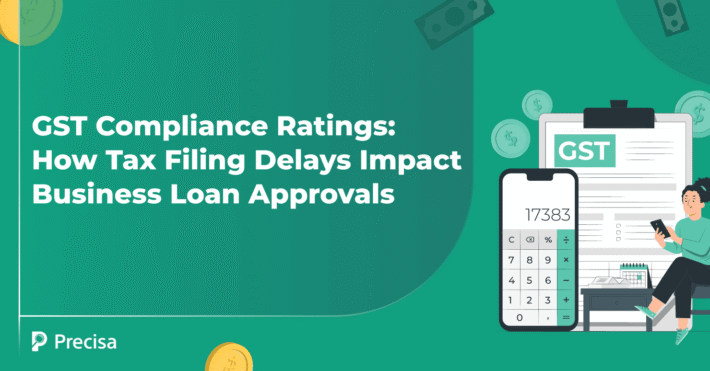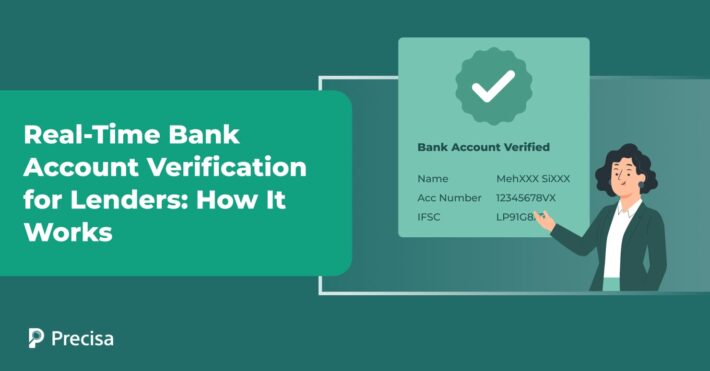Safeguarding Financial Stability: Timely Action of RBI on Unsecured Loans

At present, the ease of the application and loan disbursal process has nudged more Micro Small, and Medium Enterprises (MSME) and retail customers to apply for unsecured loans.
For example, the government’s PSB Loans in 59 Minutes initiative accelerates the online application and approval process. On top of it, unsecured business loans up to Rs. 2 crores are now available, meeting the financing needs of a wider range of MSMEs.
However, the surge in such leads can pressure lenders to rush conversions, potentially leading to bad decisions and a rise in loan defaults and NPAs.
Timely action by the Reserve Bank of India (RBI) against non-compliant lenders aims to help strengthen adherence to guidelines. But what are the specific policies and goals driving these actions?
Let’s understand RBI’s policies and goals, and how lenders can stringently adhere to them.
Why is RBI Focused on Unsecured Loans?
Unsecured loans refer to those loans offered by lenders without any collateral. Examples of unsecured loans include student loans and personal loans as well as unsecured credit cards. On the other hand, examples of secured loans include home loans and automobile loans.
The key difference between the two types of loans is the financial risk incurred by lenders, in case the borrower cannot repay unsecured loans in full. RBI observed growth of overall credit card debt, and number of unsecured personal loans, which raised concerns about risk factors.
For instance, as of September 2023, credit card debt and personal loans accounted for 1.4 % and 8% of total credit owed in the lending industry. These categories grew by 30% and 25% as of November 2023, thus contributing 2% in credit card debt and 2.9% in overall personal loans to non-performing assets (NPAs).
Snapshot of RBI Compliance Goals
RBI cracked the whip by increasing the risk weight on the consumer credit exposure of commercial banks and Non-banking Financial Companies (NBFCs) by 25 percentage points. By doing so they have nudged lenders to set aside more capital when increasing unsecured loans.
Going forward, RBI aims to achieve the following goals by ensuring that lenders follow its guidelines, stringently:
- Nudge lenders to ensure that they have access to enough capital to tide over market downturns as well as cases where borrowers fail to repay loans or commit loan fraud.
- Ensure that lenders match relevant lending products to the borrower’s risk profile. This step protects both customers and businesses from going into debt.
- Ensure compliance with all guidelines, including know-your-customer (KYC) compliance by lending platforms, banks, payment apps, and NBFCs.
- Promote transparency in operations so that borrowers are aware of risk factors, and repayment terms and conditions.
- Prevent the growth of anti-money laundering activities that are channelised through lending operations.
- Build a stable, well-regulated financial sector, which does not fall prey to industry-created crises such as the sub-prime lending crisis of 2008.
Top 5 Lending Strategies for Unsecured Loans

Here is a list of seven important landing strategies to consider for unsecured loans:
Boost Risk Assessment Capabilities
One of the key challenges faced by lenders is their inability to creditworthiness of loan applicants for unsecured loans. Typically, they rely on basic data such as income statements and credit scores. However, this information is not enough for lenders to make a data-driven decision.
In this scenario, an in-depth analysis of bank statements over an extended time frame can help lenders analyse a borrower’s financial behaviour. In turn, they can predict future ability to make repayments on time, and in the future.
Early investments in tech-enabled bank statement analysis software can help lenders automate the process, and boost their risk assessment capabilities abilities. The software offers creditworthiness scores which can help banks make data-driven decisions.
Strengthen Fraud Detection
Digital transformation has also led to increased incidences of loan fraud which can happen in a number of ways. Borrowers can provide fake documents. They can falsify account statements. They may also attempt to game bank transactions through practices such as circular transactions.
It is challenging for the human eye to detect inconsistencies such as these. However, the use of Artificial Intelligence (AI) based financial analysis software can detect minute differences in documentation. It can also detect irregular patterns, which suggest incidents of fraud.
Automate Compliance Checks
As the RBI gets more stringent in tackling non-compliance, lenders need to ensure they follow all the latest guidelines. Failure to do so leads to financial penalties, investigations, loss of reputation, and shutdowns.
The best way to scale compliance is to automate the entire process through the use of technology.
For instance, financial analysis software can flag cases where borrower data such as Know Your Customer (KYC) information is missing. Lenders can then plug in these gaps ASAP, and before approving loans.
Cross-analyse Financial Data for Authenticity
Healthy cash flows are an important factor in helping lenders to underwrite for business borrowers, accurately. Lenders need to ensure that revenue-based bank transactions are authentic.
One way to authenticate revenues is to cross-reference each transaction against the respective Goods And Services Tax Returns (GSTR).
Lenders can pull this data directly from the GST portal with a borrower’s consent. The entire cross-referencing process can be automated and concluded swiftly.
Protect Borrower Data
Today, online lending ecosystems generate large amounts of sensitive financial data. This data must be kept private and confidential at all. By adopting the use of a cloud-based digital lending solution, lenders can ensure the confidentiality of borrower data.
Bank statements, income invoices, data reports, and customer information can be protected and stored, securely. Thus lenders can safeguard their businesses from data leaks and hacking incidents.
The Takeaway
Early investments in AI-powered financial analysis software can help lenders weed out potential NPAs and delinquent borrowers. At the same time, they can offer loans to deserving first-time borrowers with healthy cash flows, even if they do not have a credit history, or possess assets. They can make data-driven decisions that allow them to capitalise on opportunities without compromising compliance.
Presica’s user-friendly bank statement analyzer aims to simplify the analysis process through automation, which enables the results to be delivered in minutes. The software provides actionable insights on an easy-to-use dashboard, helping businesses make informed lending decisions.
Request a free demo today!



